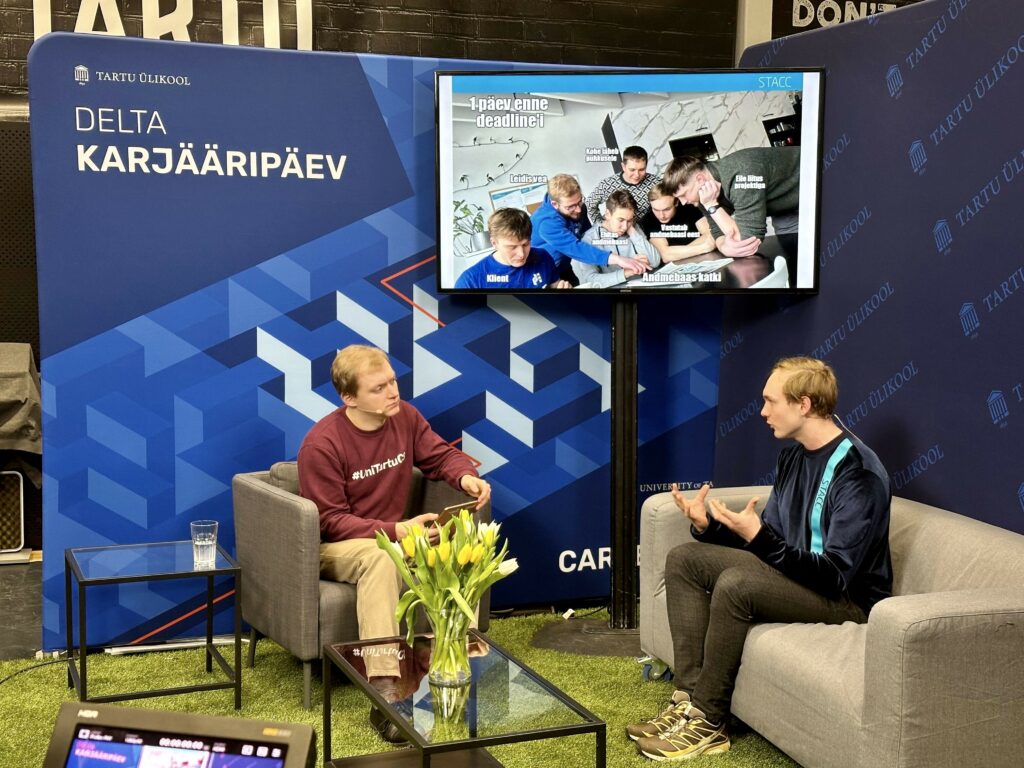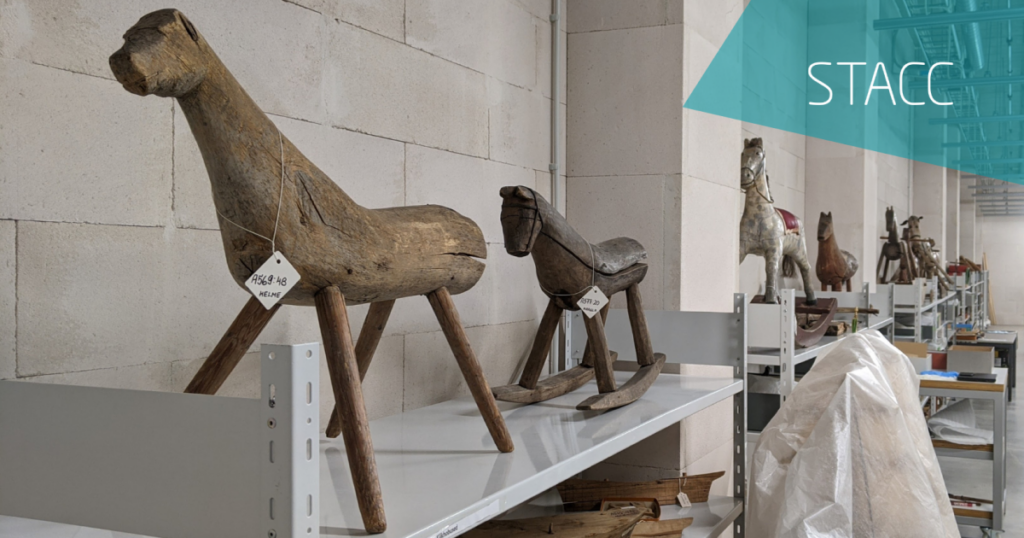I was nervous when I first embarked on my journey at STACC. Joining such a reputable company without professional experience in Python or large-scale, dynamic data pipelines felt like stepping into uncharted territory. However, my apprehensions were quickly dispelled as I experienced the warmth of the welcome, the thoroughness of the introduction, and the immediate











